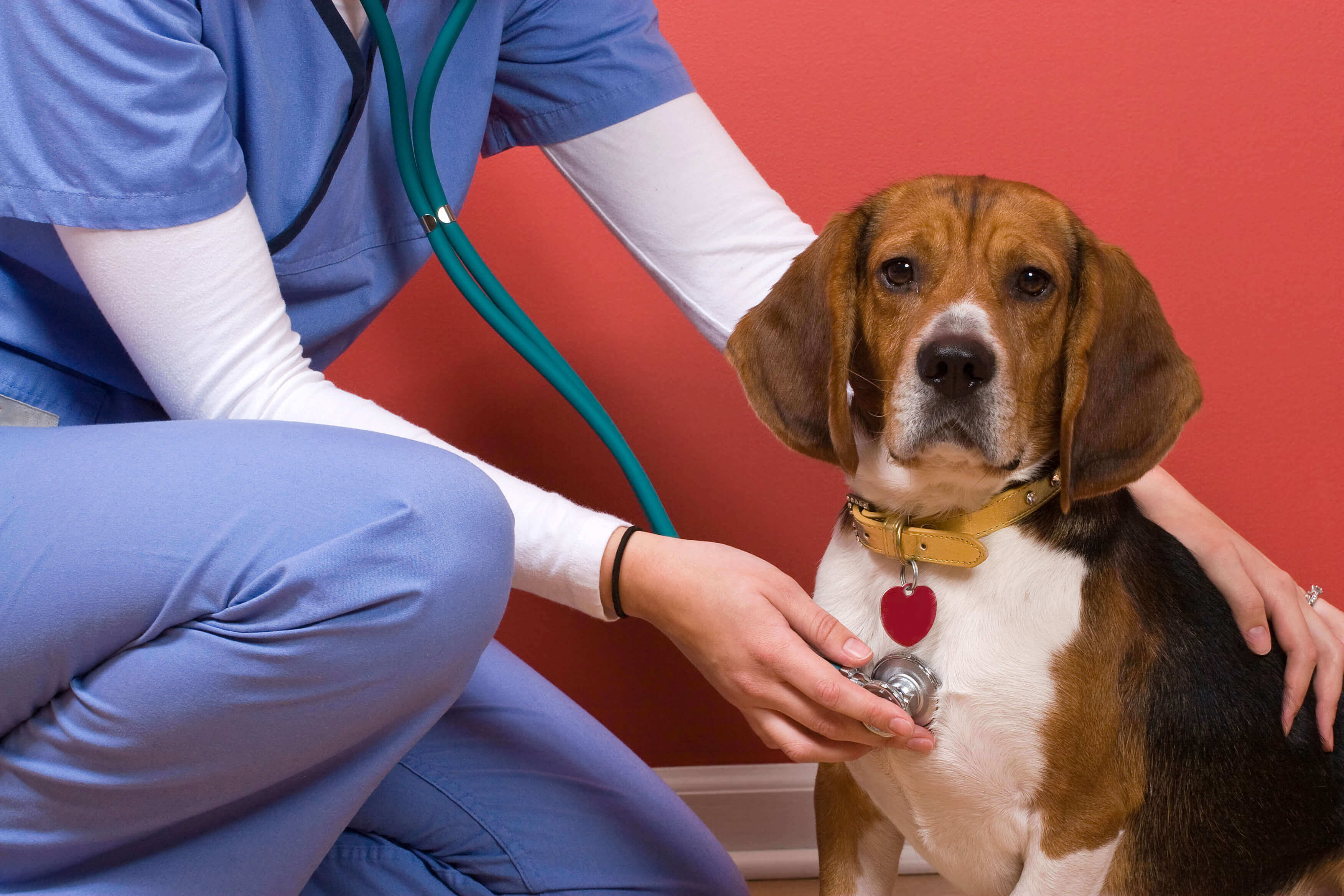September 28th is World Rabies Day, a global day of awareness and action for rabies prevention. This year a new initiative, Zero by 30, has been started with the hopes of ending world wide human rabies deaths by the year 2030. Rabies does remain a major concern to human beings worldwide, killing tens of thousands of people every year. Because of advanced control and treatments, in the United States, only one to two people die each year. “Rabies is a completely preventable disease with proper vaccinations,” states Dr. Kyoko Yoshida, owner of Hudson Animal Hospital in New York City. “The biggest problem is making sure pet owners keep current with those vaccines.” In 2015, there were more than 5,500 reported cases of animal rabies in the U.S.
What is rabies and what animals can get it?
Rabies is a deadly disease caused by a virus that attacks the nervous system of warm-blooded animals. Any mammal is susceptible to rabies. The virus is secreted in saliva and is usually transmitted to people and animals by a bite from an infected animal. Less commonly, rabies can be transmitted when saliva from a rabid animal comes in contact with an open cut on the skin or the eyes, nose, or mouth of a person or animal.
What are the symptoms of rabies in animals?
Animals with rabies may show a variety of signs, including fearfulness, aggression, excessive drooling, difficulty swallowing, staggering, paralysis and seizures. Aggressive behavior is common, but rabid animals may also be uncharacteristically affectionate. Rabid undomesticated animals may lose their fear of humans, making them more likely to approach.
Although the most common signs of rabies are behavioral changes and unexplained paralysis, rabies should be considered in all cases of unexplained neurological symptoms. Unfortunately, once the signs of rabies appear, it’s almost always fatal and rabies can only be confirmed after death.
How is rabies prevented and controlled?
Vaccination programs and control of stray animals have been effective in preventing rabies in most pets. Vaccines are available for cats, dogs, ferrets, horses, cattle and sheep. Licensed oral vaccines are also being used for mass immunization of wildlife, particularly raccoons. Rabies vaccination and animal control programs, along with better treatment for people who have been bitten, have dramatically reduced the number of human cases of rabies in the United States.
What if my pet has an animal bite?
Consult your veterinarian immediately and report the bite to local animal control authorities. Even if your pet has been vaccinated, they should be vaccinated immediately and observed for a period of time. Animals that have never been vaccinated and are exposed to a rabid animal may need to be placed in strict isolation for six months or, unfortunately, euthanatized in accordance with regulations.
What if a person is bitten?
Don’t panic. First, wash the wound thoroughly and vigorously with soap and lots of water for at least 15 minutes, then treat with a disinfectant. Then, call your doctor and explain how you were bitten. If it can be done safely, confine or capture the animal. Once captured, immediately call the local animal control. If the animal cannot be captured, try to memorize where it went after biting you. If necessary, your doctor will give you post exposure treatment and may also treat you for other possible infections that could result from the bite.
Remember that rabies is entirely preventable.
Your veterinarian will advise you on the recommended frequency of rabies vaccination for cats and dogs in your area. Supervise pets when they are outside. Observe all wild animals from a distance. A rabid wild animal may appear tame, and may approach you because of the disease, but don’t go near it. Teach children NEVER to handle unfamiliar animals—even if they appear friendly. And, remember that if you see an animal acting strangely, report it to animal control as soon as possible.
The post Rabies Awareness Day is September 28th appeared first on Hudson Animal Hospital.

